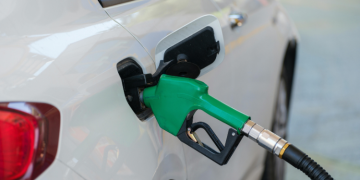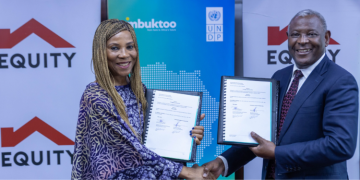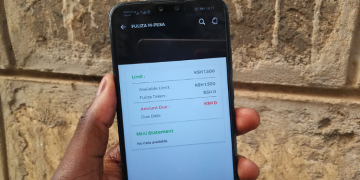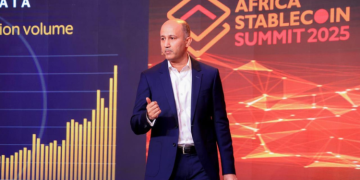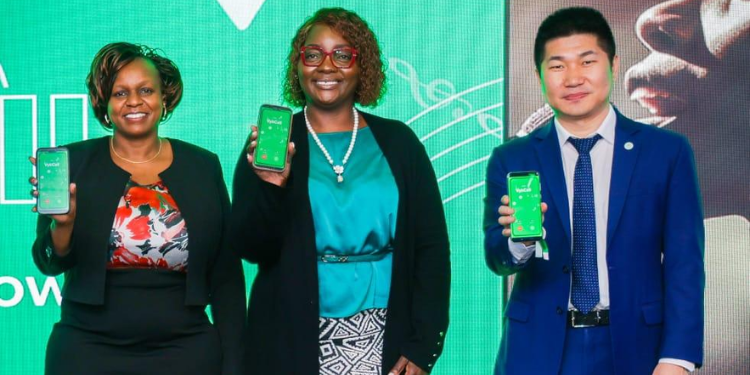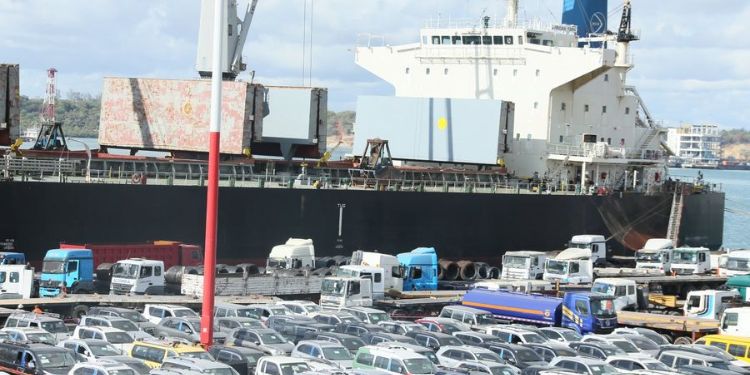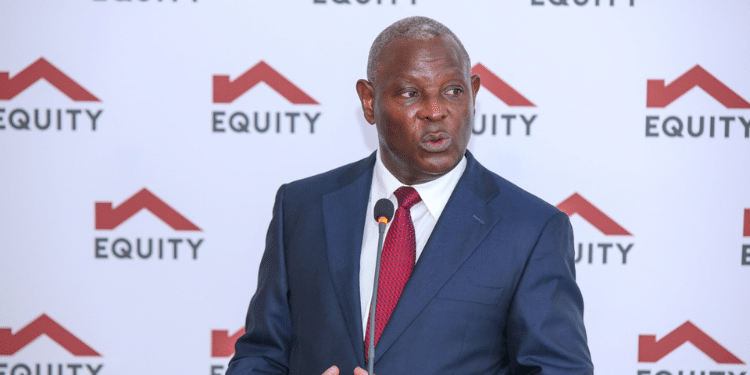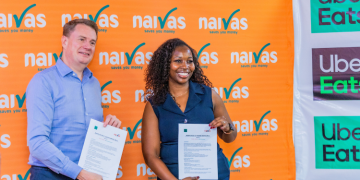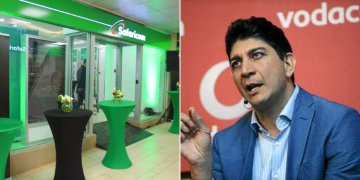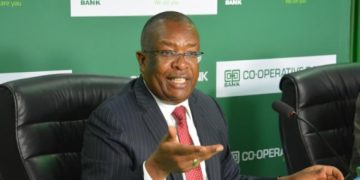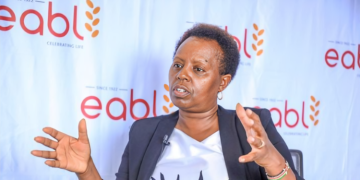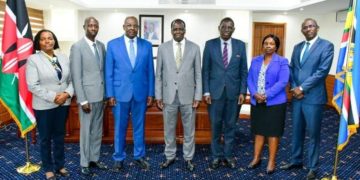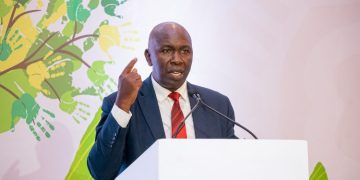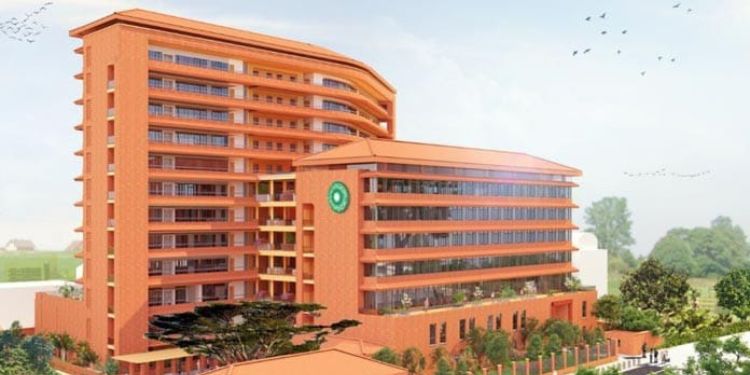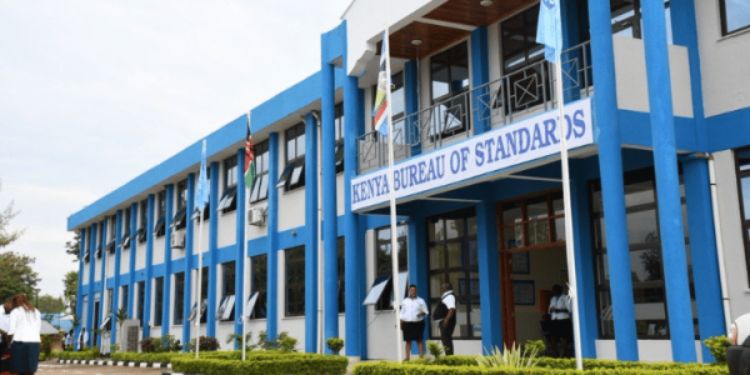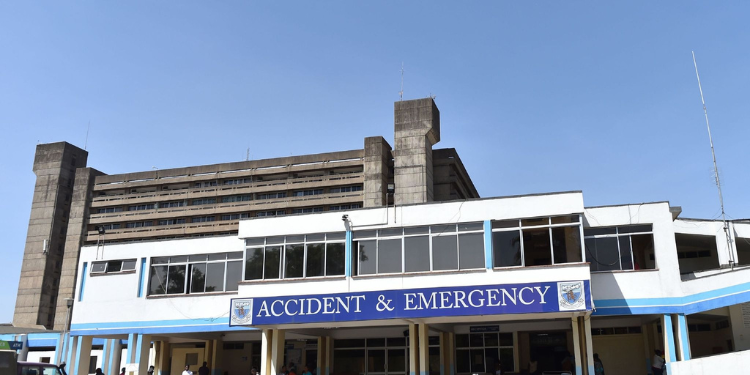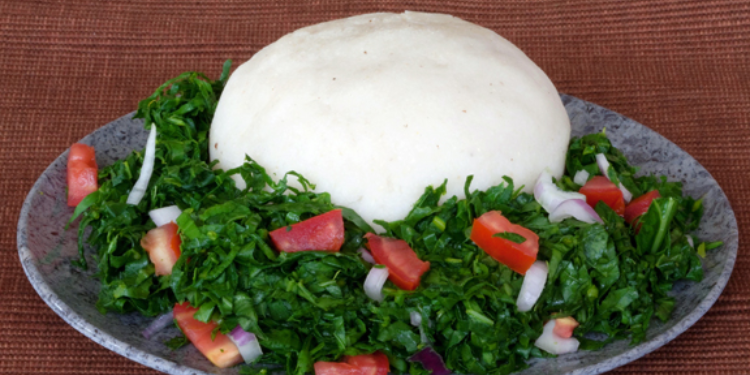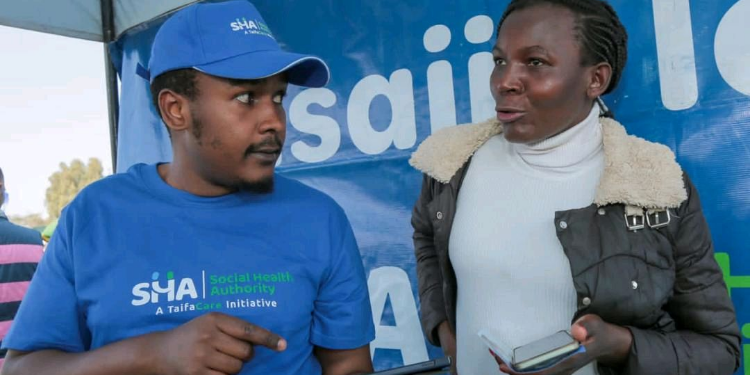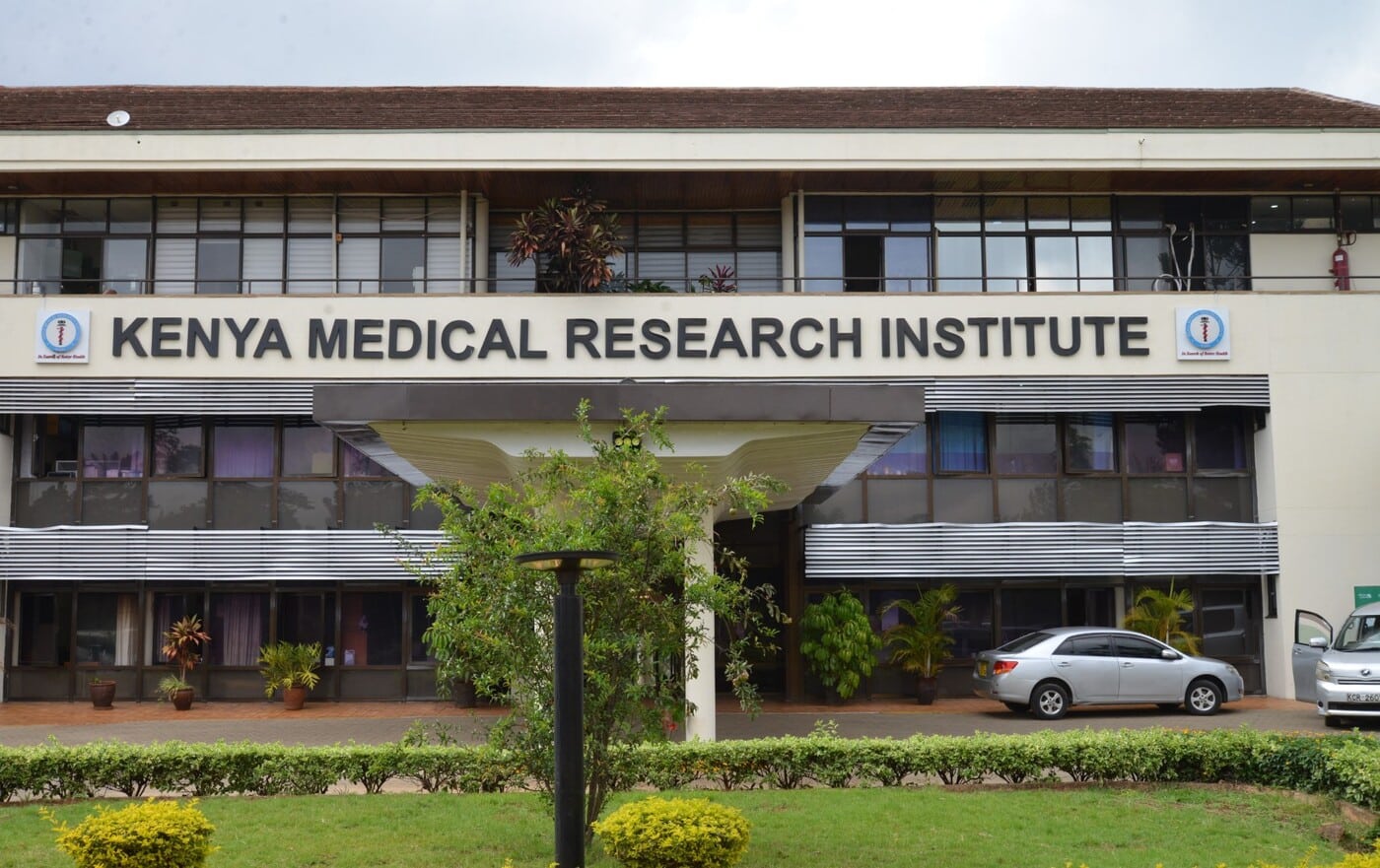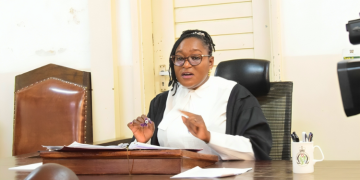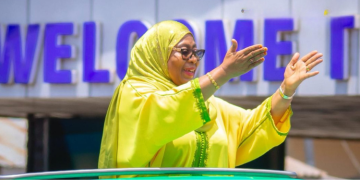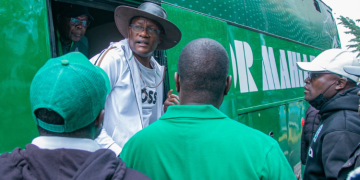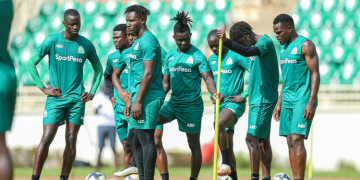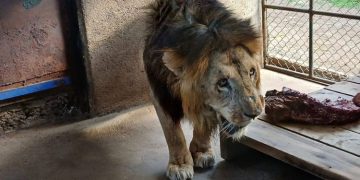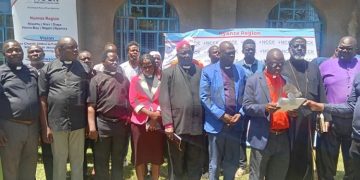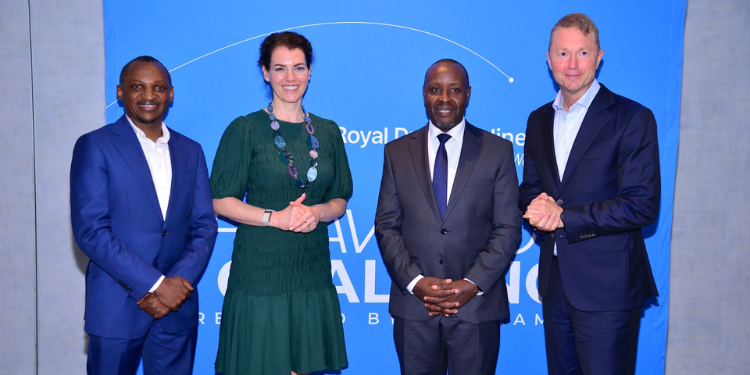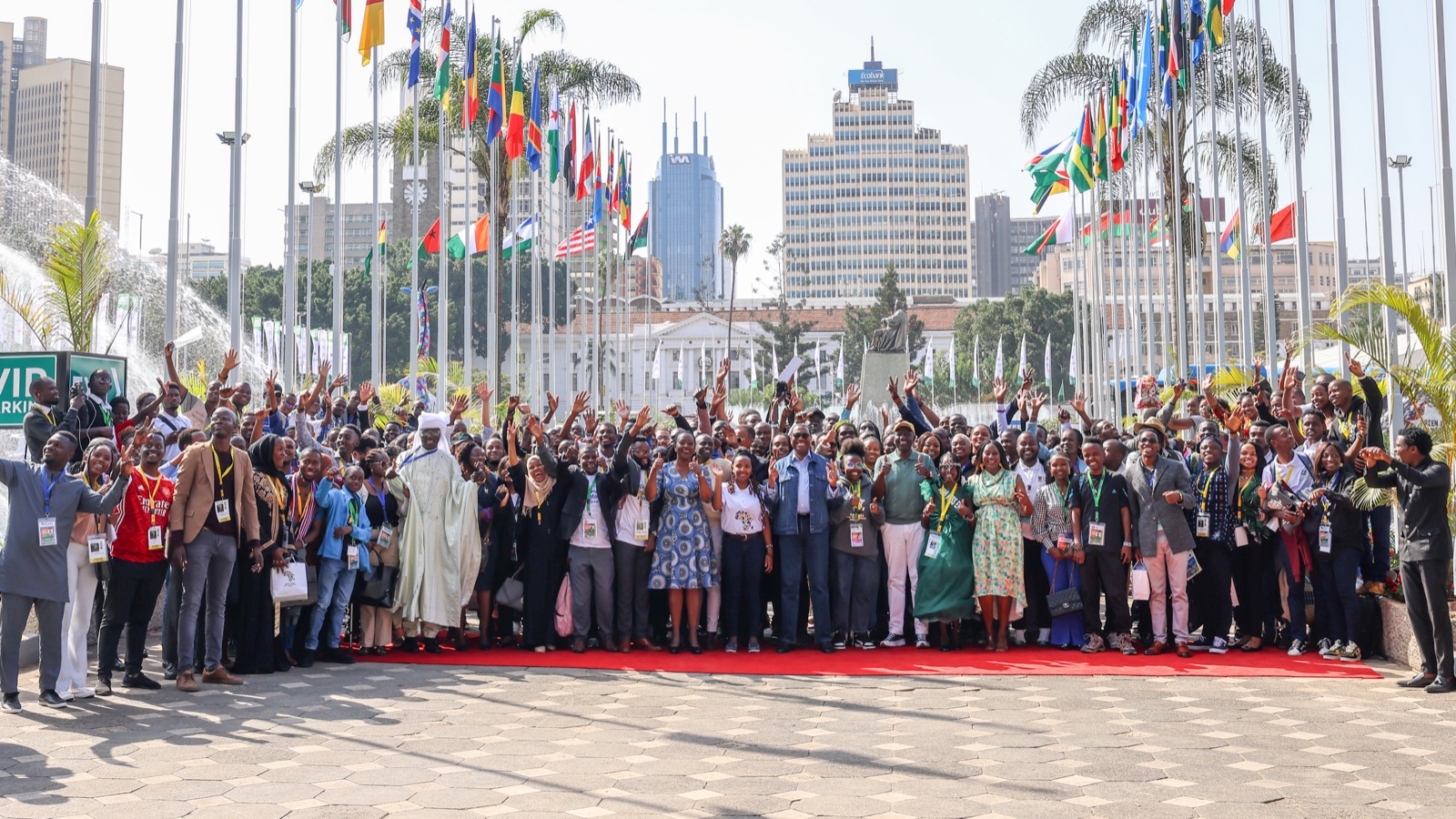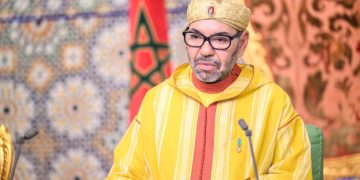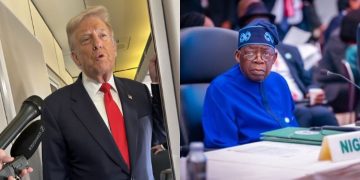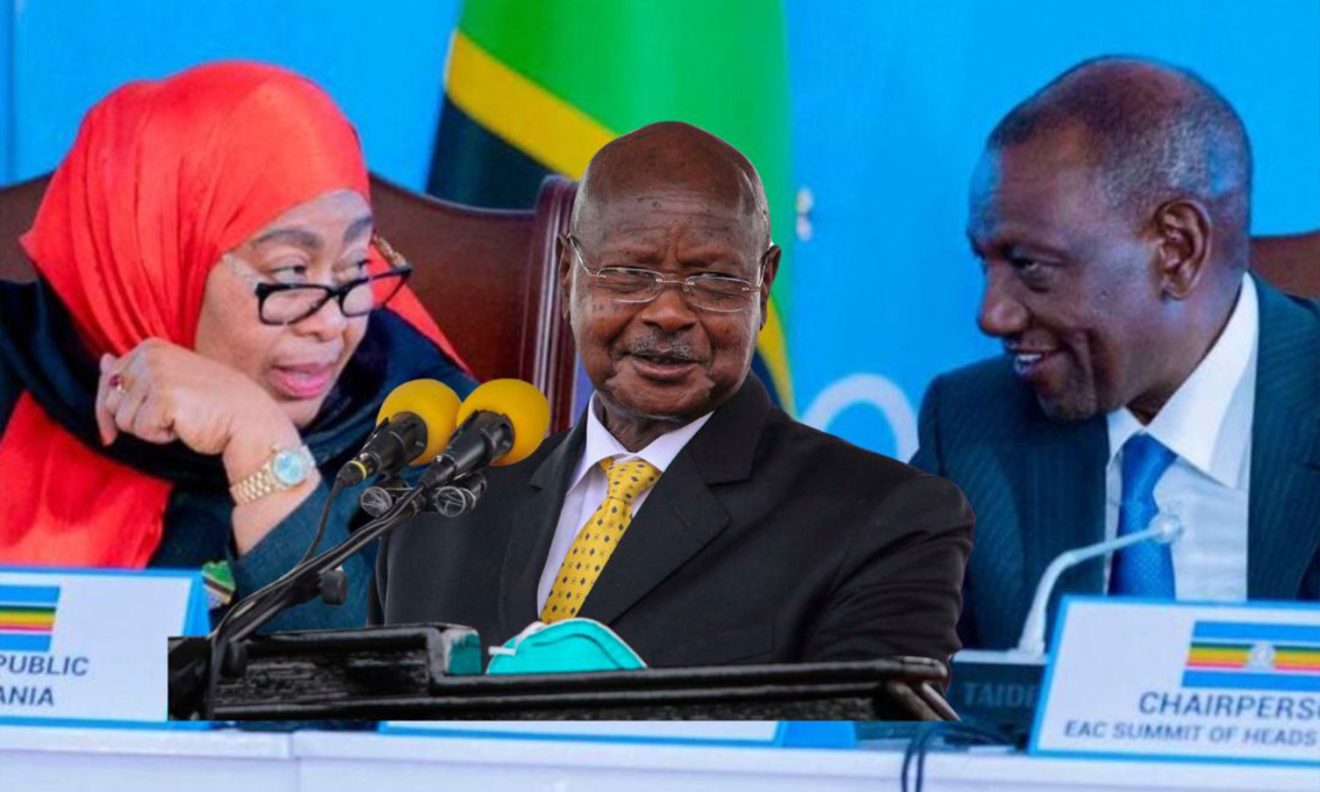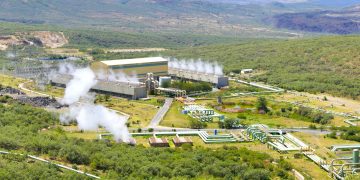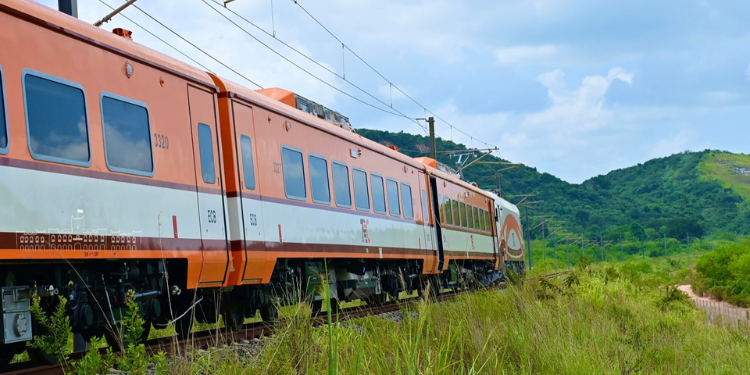In December 2024, former US President Joe Biden made his maiden trade and investment trip to Sub-Saharan Africa by travelling to oil-rich Angola via Cabo Verde.
Angola leaned towards the USSR during the Cold War, but has since adopted a multipolar diplomatic stance following the fall of the Iron Curtain and the collapse of the Berlin Wall. China, however, dominates in oil imports and building flagship CAPEX infrastructure, more so those in line with its Belt and Road Initiative (BRI).
In contrast, the US partnership with Africa has historically prioritized democracy, human rights, and foreign aid, but is now shifting its foreign policy to focus on trade and investment.
The DRC and landlocked Zambia’s hinterlands are rich in Critical Minerals and Materials (CMMs), which are fueling the world’s net-zero carbon clean energy transition by 2050 and shaping the future economic, political, and military influence of global superpowers.
The stakes are high, as most of the DRC and Zambia’s minerals are mined and exported to supply China’s factory of the world, which also dominates the global processing of CMMs. The US is playing catch-up.
Vision of Connecting the Atlantic Ocean’s Lobito Corridor with the Indian Ocean’s Tazara Railway
Connecting the Atlantic Ocean port of Lobito in Angola to mines in the DRC, Zambia, and Tanzania’s Indian Ocean port of Dar es Salaam is likely to unlock immense opportunities, but also create geopolitical friction due to the scramble and partition for critical minerals and materials.
The Lobito Corridor connects Angola to Kolwezi and Lubumbashi in DRC and Ndola and Kapiri Mposhi in Zambia.
The Benguela Railway is a west-to-east line in Angola, 1,344 km long, run by the Railway Company of Benguela. It connects Lobito on the Atlantic Ocean to the Angola-DRC border town of Luau.
It was built by Sir Robert Williams between 1902 and 1931. After the 99-year concession expired in 2001, China extensively renovated it between 2006 and 2014 at a cost of USD 2 billion, under the Cabinda oil-for-rail program with the Angolan government.
Also Read: Trump Signs ‘New Golden Age’ Trade and Rare Earth Minerals Deals With Japan
Another 522 KMs links Luau to Tenke (DRC). This is a National Railway Company of Congo-managed section of the Cairo Railway, which connects the city of Kindu in DRC to South Africa’s Port Elizabeth.
Tenke Fungurume Mining (TFM) is reputed to be among DRC’s largest copper and cobalt producers. The railway passes through DRC mining cities of Kolwezi and Lubumbashi to Zambia’s Copperbelt town of Ndola.
In 2023, the Lobito Atlantic Railway (owned by Trafigura, Moto-Engil, and Vecturis got a 30-year concession by investing $455M in Angola and $100M in DRC.
It is owned 49.5 percent by Trafigura (a commodity trader), Mota-Engil Construction Company from Portugal, 49.5 percent, and one percent by Vecturis, a South Africa-Belgian railway operations firm.
The rail further extends to Kapiri Mposhi, where Tazara Railway runs via Mpika, Kasama, and Nakonde on the Zambian side.
The Tanzania section of Tazara Railway links Tunduma, Mbeya, Makambako, Mlimba, and Ifakara to Dar Es Salaam.
Also Read: Trump Govt Calls for Emergency UN Security Council Meeting Over DRC
Huge Trade Market Opportunities and Mineral Wealth
The IMF WEO projects the Lobito Corridor-Tazara Railway belt to have a combined population of 234.7 million by 2025.
The DRC is estimated at 106.5 million, Tanzania at 67.1 million, Angola at 39.2 million, and Zambia at 21.7 million.
The combined GDP is expected to reach USD 307.3 billion by 2025. Angola’s GDP is estimated at USD 113.3 billion, Tanzania’s at USD 85.9 billion, the DRC’s at USD 79.1 billion, and Zambia’s at USD 28.9 billion.
World Bank puts urban population (% of total population) for Angola at 68.7percent, DRC at 47.4 percent, Zambia at 46.3 percent, and Tanzania at 37.4 percent.
The US International Trade Administration estimates Angola’s oil reserves at 9 billion barrels, the fourth-largest in Africa and the nineteenth-largest globally, and its natural gas reserves at 11 trillion cubic feet.
Angola has 36 of the 51 US-listed critical minerals, including manganese, copper, gold, phosphates, granite, marble, uranium, quartz, lead, zinc, wolfram, tin, fluorite, sulfur, feldspar, kaolin, mica, asphalt, gypsum, and talc.
DRC is reputed to possess $24 trillion of mineral resources, including copper (3 percent of world reserves), cobalt (4 million tons, 48% of global reserves), lithium (60 percent of global reserves), gold, and diamonds. Key projects for cobalt include Metalkol, Tenke Fungurume, Sicomines, Mashamba East, and KOV; copper is represented by Katanga and Kamoa-Kakula, with lithium at Manono.
Chinese investors control the majority of DRC mining and have a monopoly on the country’s exports. China-DRC minerals-for-infrastructure barter trade deal had financed CAPEX infrastructure, including roads and hospitals, worth USD$7bn by 2024.
African Minerals Development Centre (AMDC) puts Zambia’s copper reserves at 19,000 Metric Tons (2.1 percent of global reserves) in 2022.
The country also possesses significant reserves of cobalt, lithium, uranium, tin, manganese, graphite, nickel, and rare earth elements. Key mining projects include Sentinel, Kansanshi, Lumwana, and Nchanga.
Tanzania has 45 million ounces of gold reserves around Lake Victoria. Williamson Diamonds has reserves of about 38.1 million carats.
Mining of the Liganga iron reserves, which amount to 126 million tonnes, is led by Tanzania China International Mineral Resources (TCIMRL). TanzaniteOne Mining, Kilimanjaro Mining, and Tanzanite Africa exploit the mineral around
Mount Kilimanjaro. Rare Earth Elements (REEs) are mined by Mamba Minerals Corporation.
Over 18 million tons of graphite reserves are mined by Volt Resources Bunyu graphite project in Mtwara, Godmwanga Gems, and Faru Graphite in Mahenge-Morogoro, and Duma Tanzgraphite in Epanko-Ulanga.
Nickel exploitation is championed by the Kabanga Nickel Sulfide Deposit, the Kapalagulu intrusion, and Tembo, with an estimated 1.52 million tons in the Ngara-Kagera region. The Lake Rukwa Basin contains approximately 138 billion cubic feet of helium.
Nyati Mineral Sands extracts heavy mineral sands in the Tajiri-Pangani-Tanga region, which holds 268 million tons.
MOUs, Legislation and Strategies on Infrastructure, Critical Minerals, and Materials
The EU-US-DRC-Angola-Zambia-AfDB-AFC MoU seeks to develop the Lobito Corridor. Angola, DRC, and Zambia signed the Lobito Corridor Transit Transport Facilitation Agency (LCTTFA) agreement.
The EU-DRC MoU and the EU-Zambia MoU cover the development of the critical and strategic minerals value chain. US-DRC-Zambia MoU and DRC-Zambia Agreement support the EV battery value chain.
Many countries have enacted legislations and launched strategies to secure critical minerals and materials reliable and diversified supply chains.
China’s Revised Mineral Resources Law (2024), the National Plan for Mineral Resources (2016-2020), and export controls aim to influence global supply chains and protect national security. EU Critical Raw Materials Act (CRMA) for 2030 climate and digital targets.
AU Africa’s Green Minerals Strategy. Zambia National Critical Minerals Strategy.
US Critical Minerals Security Act of 2024, National Critical Minerals Council Act (NCMCA), and the Critical Materials Future Act (CMFA).
President Trump has signaled the importance of Canada (uranium, aluminum, cobalt, nickel, copper, platinum, REEs, lithium, and graphite), Greenland (REEs like yttrium, scandium, neodymium, and dysprosium, graphite, copper, nickel, zinc, and uranium), ‘minerals for security’ deal with DRC and Ukraine–United States Mineral Resources Agreement.
Follow our WhatsApp Channel and X Account for real-time news updates.

